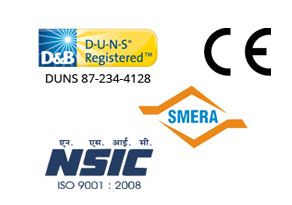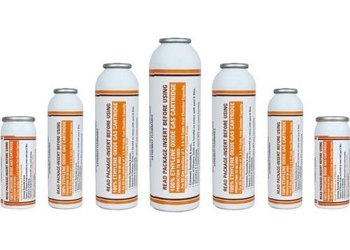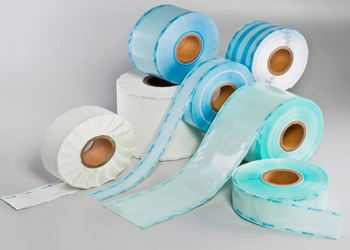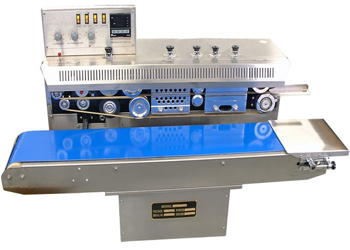Sterilization in hospitals is essential to prevent infections and ensure patient safety. Medical instruments must be completely free from bacteria, viruses and other harmful microorganisms before use. Different sterilization technologies help achieve this goal, with ethylene oxide (ETO), steam and plasma sterilization being the most commonly used methods. Each of these hospital sterilizer techniques has unique benefits and limitations.
Why Sterilization in Hospitals is Essential?
Sterilization is a critical process in hospitals. Medical tools, surgical instruments and other healthcare equipment come in direct contact with patients. Without proper sterilization, these tools may carry harmful microorganisms, leading to infections and complications.
A hospital sterilizer must effectively eliminate bacteria, viruses, fungi and spores to ensure medical devices which are safe for use. Choosing the right sterilization method depends on factors like material type, processing time and effectiveness against microorganisms.
Ethylene Oxide Sterilization
How ETO Sterilization Works?
ETO sterilization uses ethylene oxide gas to kill microorganisms. It is widely used for medical devices that cannot withstand high temperatures or moisture.
Process Steps:
- Medical instruments are placed inside a sealed sterilization chamber.
- Ethylene oxide gas is introduced into the chamber.
- The gas penetrates all surfaces, eliminating microorganisms.
- After sterilization, a ventilation process removes any residual gas.
Advantages of ETO Sterilization
- Suitable for heat- and moisture-sensitive materials like plastic and rubber.
- Deep penetration reaches complex instruments and narrow tubing.
- Kills all types of microorganisms, including spores and resistant bacteria.
Limitations of ETO Sterilization
- Longer processing time – Can take 8 to 24 hours.
- Requires aeration to remove toxic gas residues.
- Higher cost compared to other methods.
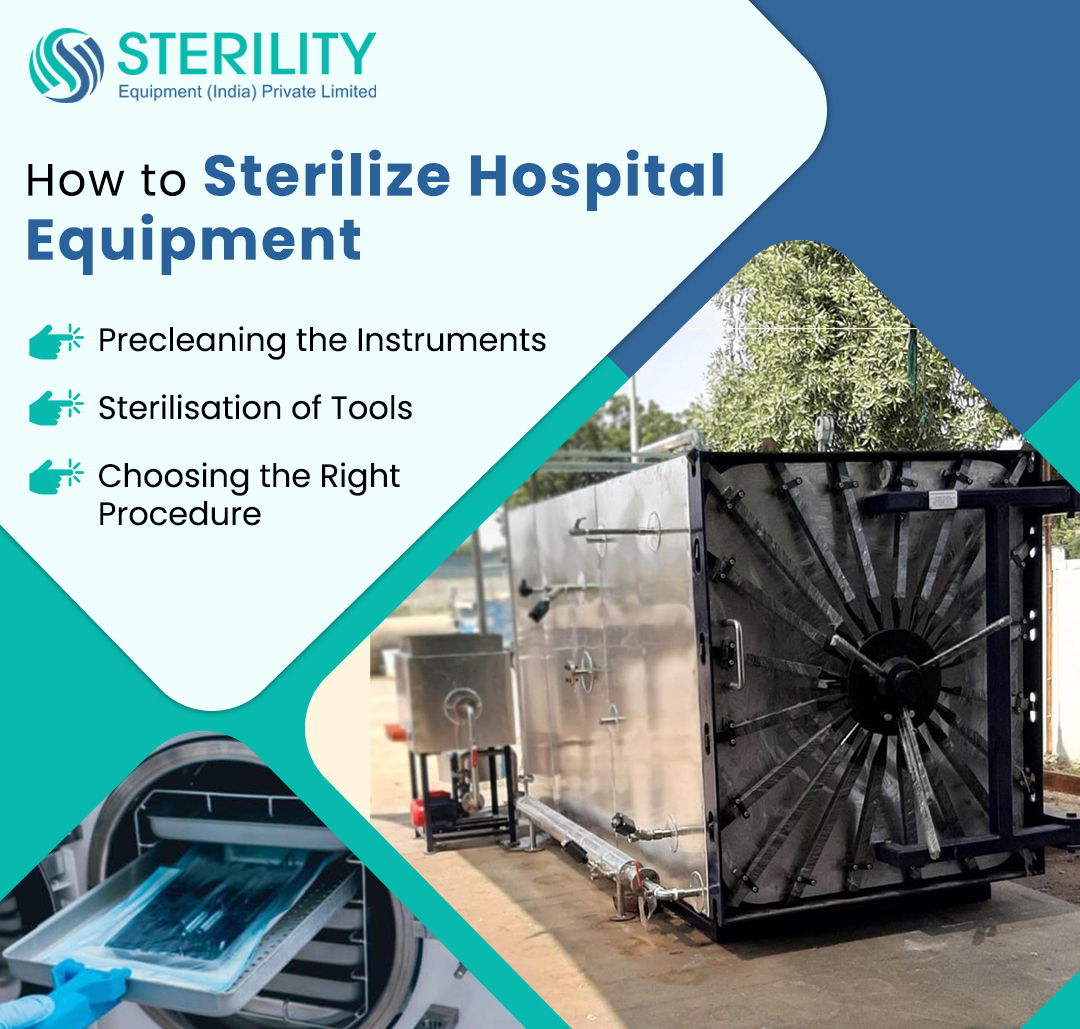
Steam Sterilization (Autoclaving)
How Steam Sterilization Works?
Steam sterilization, also known as autoclaving, uses high-temperature steam under pressure to destroy microorganisms. It is one of the most common and effective hospital sterilization methods.
Process Steps:
- Instruments are placed in an autoclave.
- High-pressure steam at 121–134°C is introduced.
- Heat kills bacteria, viruses and spores.
- The sterilized instruments are dried and ready for use.
Advantages of Steam Sterilization
- Highly effective – Kills all microorganisms quickly.
- Fast process – Sterilization cycle takes 30-60 minutes.
- No chemical residues, making it safe for medical use.
- Cost-effective compared to ETO and plasma sterilization.
Limitations of Steam Sterilization
- Not suitable for heat-sensitive materials like plastics or delicate instruments.
- Requires thorough drying to prevent moisture-related contamination.
Plasma Sterilization
How Plasma Sterilization Works?
Plasma sterilization uses hydrogen peroxide vapor and plasma technology to sterilize medical instruments at low temperatures.
Process Steps:
- Medical devices are placed inside a vacuum chamber.
- Hydrogen peroxide vapor is introduced.
- Plasma is generated, which destroys microorganisms.
- The sterilized instruments are aerated, leaving no toxic residues.
Advantages of Plasma Sterilization
- Safe for heat-sensitive instruments, including delicate medical tools.
- Fast processing time – Typically 45-60 minutes.
- No toxic chemicals – Hydrogen peroxide breaks down into water and oxygen.
Limitations of Plasma Sterilization
- Higher cost compared to steam sterilization.
- Not suitable for absorbent materials that may retain hydrogen peroxide.
Comparison Table: ETO vs. Steam vs. Plasma Sterilization
| Feature | ETO Sterilization | Steam Sterilization | Plasma Sterilization |
| Effectiveness | High | Very High | High |
| Processing Time | 8-24 hours | 30-60 minutes | 45-60 minutes |
| Temperature | Low | High | Low |
| Material Compatibility | Heat-sensitive items | Heat-resistant items | Heat-sensitive items |
| Toxic Residue | Yes | No | No |
| Cost | Moderate | Low | High |
Choosing the Right Sterilization Method
Hospitals consider several factors when selecting a sterilization method:
- Material of the instrument – Heat-sensitive materials require ETO or plasma sterilization.
- Processing time – Steam sterilization is the fastest method.
- Chemical safety – ETO requires careful handling due to residual toxicity.
- Cost-effectiveness – Steam sterilization is the most affordable option.
Hospitals often use a combination of sterilization methods to meet different requirements.
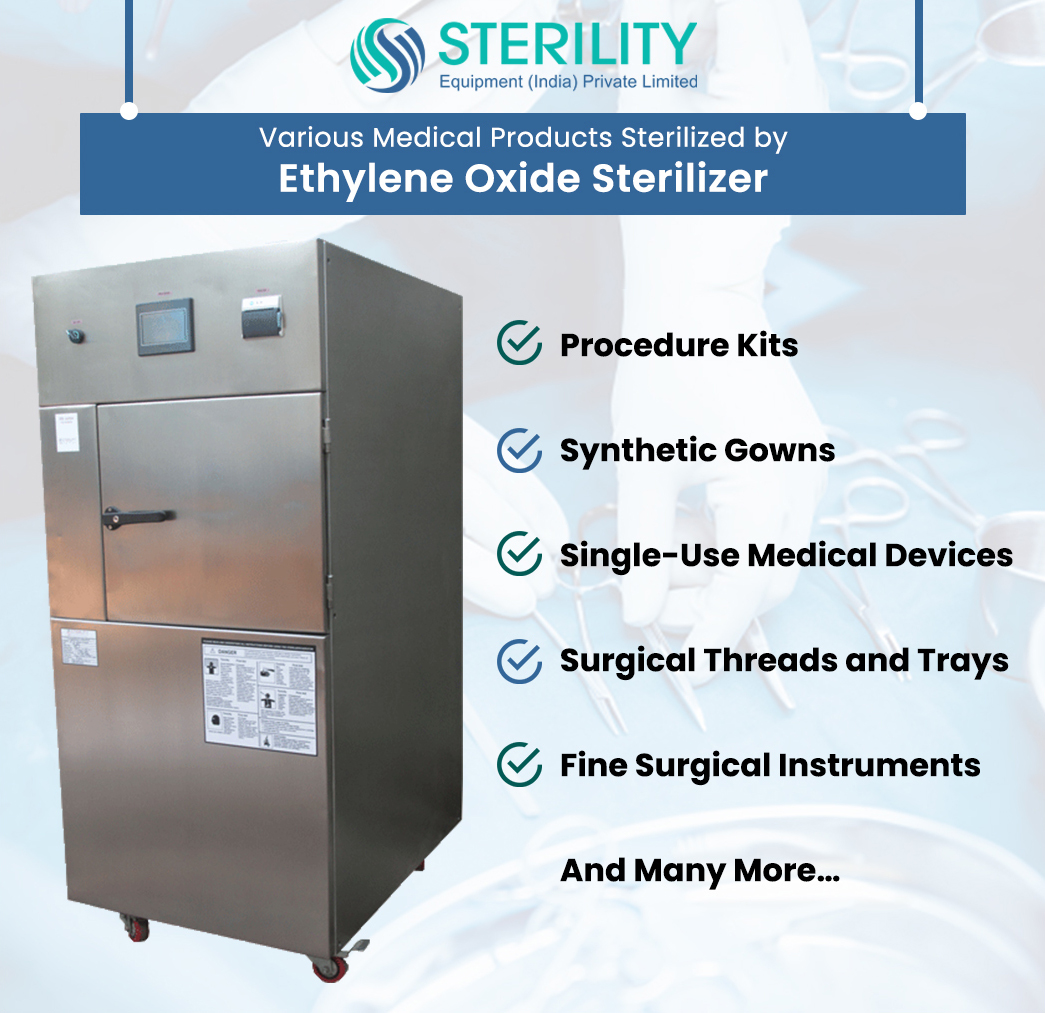

Conclusion
Choosing the right hospital sterilizer is crucial for infection control and patient safety. ETO, steam and plasma sterilization each serve different purposes based on material compatibility and processing time. ETO Sterilization is ideal for heat-sensitive instruments but requires aeration, while steam sterilization is the most effective and affordable for heat-resistant tools. Plasma sterilization offers fast, chemical-free processing but is costly. Since no single method works for all instruments, hospitals often use a combination of these technologies. Understanding their differences helps healthcare facilities ensure safe and effective sterilization practices.

